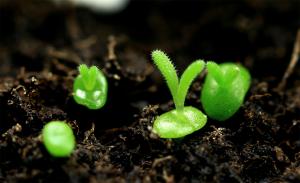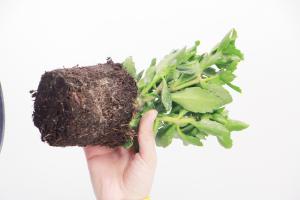How to Plant Tree Tomato in Kenya
Tree tomato, also known as tamarillo, is a fruit tree grown for its juicy and pulpy fruit. It is a popular crop in Kenya because of its high demand in the local and international markets. The tree is easy to grow, and with proper care, it can produce a bumper harvest. Here is a step-by-step guide on how to plant tree tomato in Kenya.
Choose the Right Variety
There are different varieties of tree tomato in Kenya, with varying fruit color, size, and taste. Before planting, choose a variety that is suitable for your region and market demand. Some of the popular varieties in Kenya include:
Tree Tomato Red: These have bright red skin and yellow pulp. They are sweet and are suitable for fresh consumption.
Tree Tomato Gold: These have golden skin and orange pulp. They are ideal for making juice and jam.
Tree Tomato Purple: These have purple skin and yellow pulp. They are suitable for processing into sauce and chutney.
Select a Suitable Location
Tree tomato thrives in a warm, humid climate, with temperatures ranging from 18°C to 30°C. It requires well-draining soil with a pH of 5.5 to 6.5. Choose a location that receives sunlight for at least six hours a day and has protection from strong winds. Avoid planting near trees, buildings, or other structures that can obstruct sunlight.
Prepare the Soil
Before planting, prepare the soil by clearing the land of any debris or weeds. Dig a hole that is twice the size of the root ball and mix the soil with organic matter such as compost or manure. Make sure the soil is loose and aerated to allow for proper root development.
Plant the Seedlings
Transplant the tree tomato seedlings when they are about six to eight inches tall. Plant them in the prepared holes, leaving about three inches of the stem above the ground. Water the seedlings immediately after planting and continue to water them regularly, especially during the dry season.
Fertilize and Prune
To boost growth and fruit production, fertilize the tree tomato plants with nitrogen-rich fertilizers such as urea or poultry manure. Apply the fertilizer two to three times a year, starting a few weeks after planting. Additionally, prune the plants regularly to promote bushy growth and to remove dead or diseased branches.
Protect from Pests and Diseases
Tree tomato is susceptible to a variety of pests and diseases, including aphids, fruit flies, powdery mildew, and fungal wilt. To prevent infestation, use natural pesticides such as neem oil or garlic extract. Additionally, practice good hygiene by removing fallen leaves and fruit to prevent the spread of disease.
Conclusion
Tree tomato is a profitable crop for farmers in Kenya. By following these simple steps on how to plant tree tomato in Kenya, you can grow a bumper harvest that meets the high demand in both local and international markets. Remember to choose the right variety, select a suitable location, prepare the soil, plant the seedlings, fertilize and prune, and protect from pests and diseases.

 how many times do yo...
how many times do yo... how many planted tre...
how many planted tre... how many pine trees ...
how many pine trees ... how many pecan trees...
how many pecan trees... how many plants comp...
how many plants comp... how many plants can ...
how many plants can ... how many plants and ...
how many plants and ... how many pepper plan...
how many pepper plan...

































